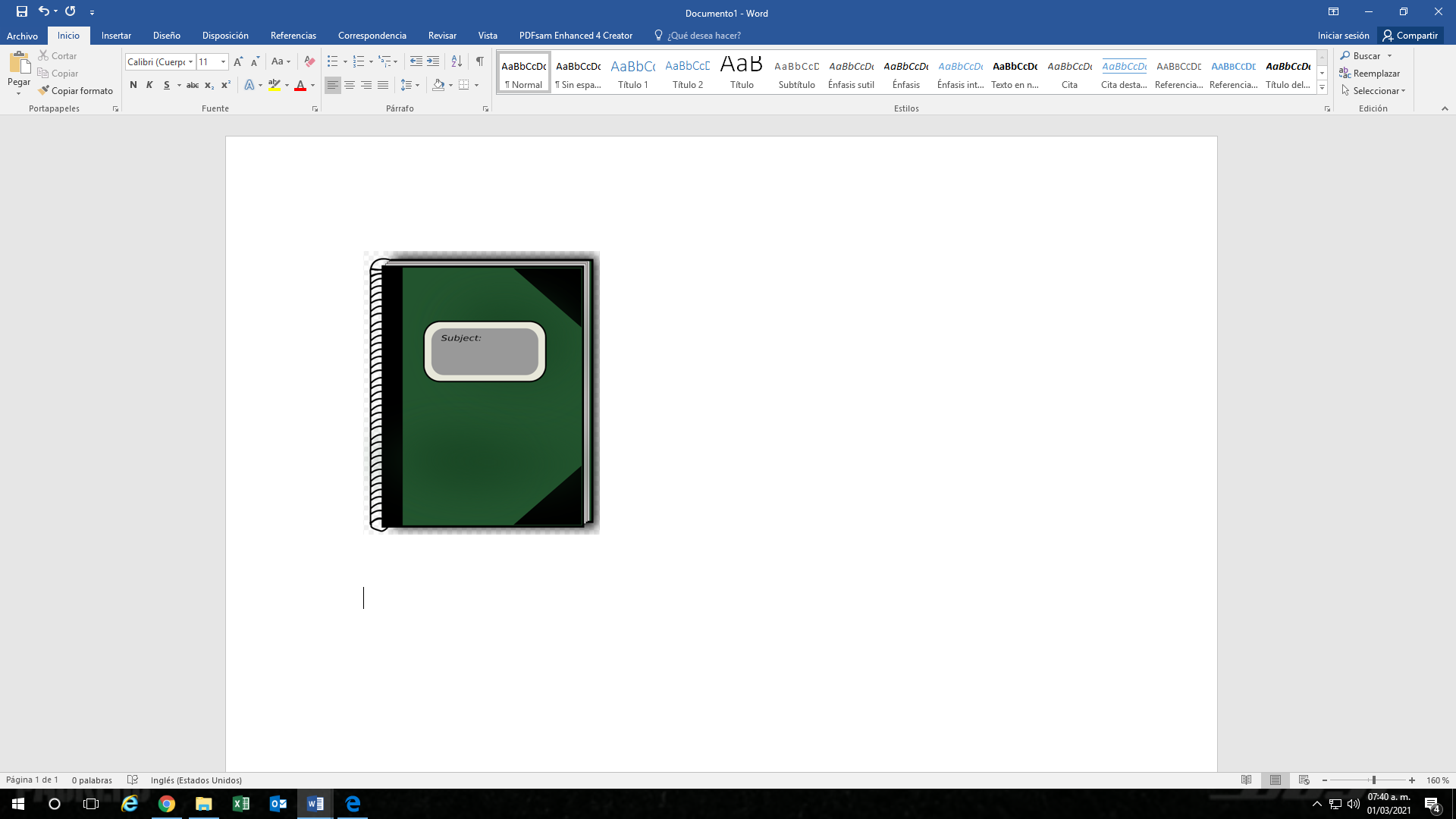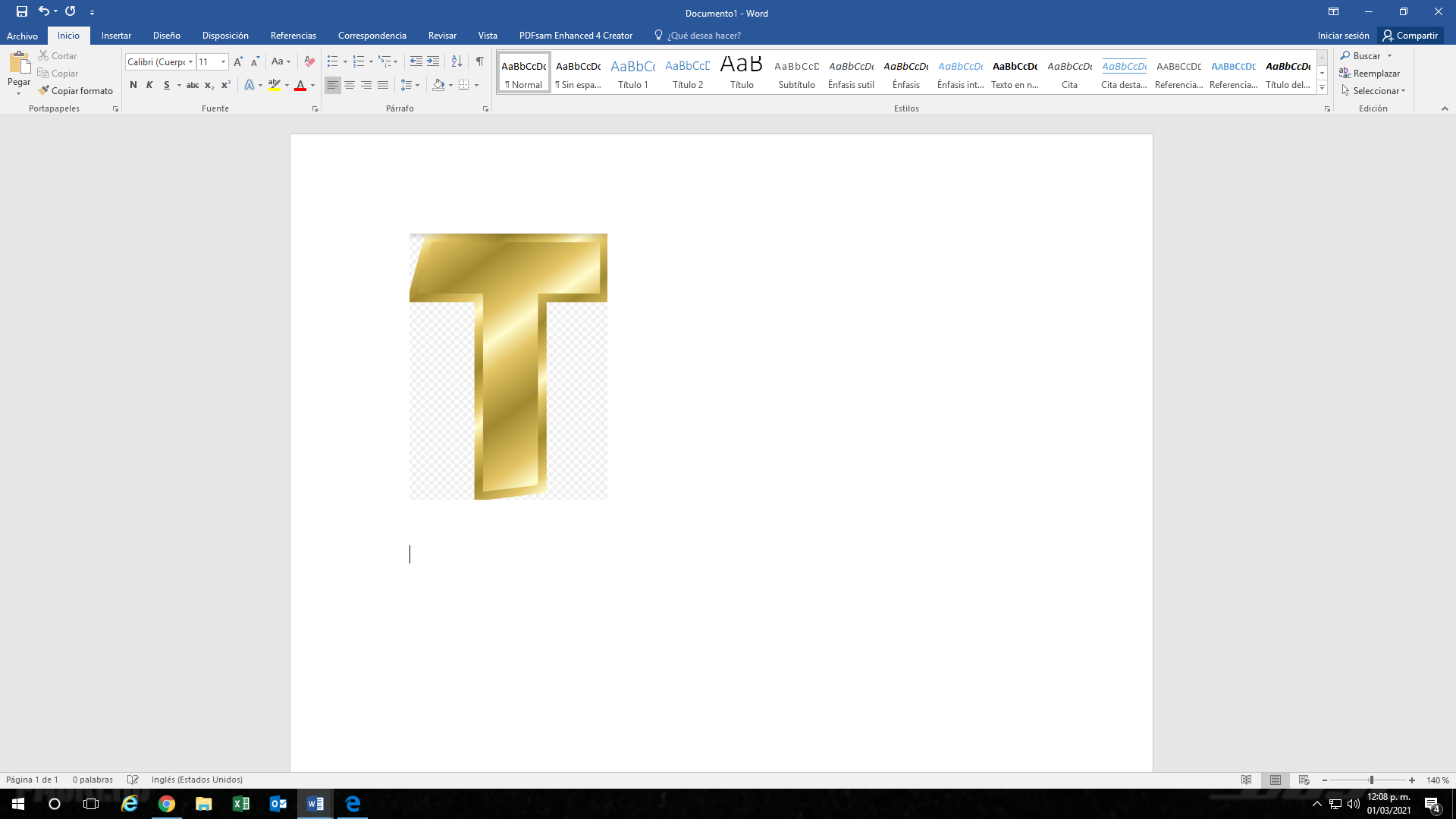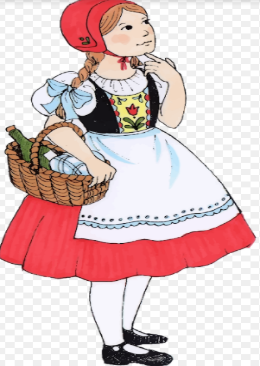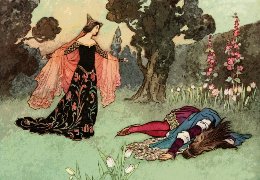¿Cuál es tu leyenda favorita?
¿Cuál es tu leyenda favorita?
Aprendizaje esperado: participa en la lectura de leyendas.
Énfasis: explora las leyendas como género literario.
¿Qué vamos a aprender?
Conocerás como las leyendas surgen de una historia de la vida real.
¿Qué hacemos?
| Remember the materials for the class are: notebook, pencil and colored pencils. | Recuerda que los materiales para esta clase son: cuaderno, lápiz y colores. |
 |
 |
 |
| If you are ready, let´s start the class. | Si están listas y listos, iniciemos la clase. |
Observa el siguiente video para que sepas de qué tratará la clase:
- Cupertino y Don Leopoldo.
https://youtu.be/XDIYOAFwtVQ
(del min. 3.15 al 4.15)
Como te explicó Don Leopoldo, a diferencia de los cuentos, las leyendas surgen de alguna historia de la vida real. De eso va a tratar tu sesión de hoy.
Para que comprendas un poco mejor, observa el siguiente video. - Niño explicando una leyenda.
(del min. 9.18 al 10.28)
| Review what a legend is. | Repasa que es una leyenda. |

| Now, you will read legend: The legend of Maize The legend of Maize. Quetzalcóatl and the corn plant. An ancient legend tells the story that before the arrival of the god Quetzalcóatl, the Aztecs only consumed roots and game animals. They did not eat corn because it was beyond their reach, hidden behind the massive mountains surrounding the city. The other gods had already sought to part the mountains for the Aztecs to gain access to this precious food, but they never. The Aztec people sent their priests to ask Quetzalcóatl to help them get the corn. He answered them that he would go and bring them back this precious food. All of the other gods had already tried to move the mountains by using force, Quetzalcóatl decided to use something more powerful, intelligence. Quetzalcóatl was transformed into a small black ant and made his way toward the mountains. The path presented many difficulties, but one by one he overcame them, determined to move forward by the thought of helping the Aztec people. After several days, Quetzalcóatl arrived at the back of the mountains where he found the corn and, being an ant, took a grain between his teeth and began his journey back. What do you think happened next? |
Ahora, leerás una leyenda: “La leyenda del maíz” La leyenda del maíz. Quetzalcóatl y la planta de maíz. Una antigua leyenda cuenta que, antes de la llegada del dios Quetzalcóatl, los aztecas sólo consumían raíces y animales de caza. No comían maíz porque estaba fuera de su alcance, oculto tras las enormes montañas que rodeaban la ciudad. Los otros dioses ya habían intentado separar las montañas para que los aztecas tuvieran acceso a este precioso alimento, pero nunca lo consiguieron. El pueblo azteca envió a sus sacerdotes a pedirle a Quetzalcóatl que les ayudara a conseguir el maíz. Él les respondió que iría a traerles este preciado alimento. Todos los demás dioses ya habían intentado mover las montañas utilizando la fuerza, Quetzalcóatl decidió utilizar algo más poderoso, la inteligencia. Quetzalcóatl se transformó en una pequeña hormiga negra y se dirigió hacia las montañas. El camino presentaba muchas dificultades, pero una a una las superó, decidido a seguir adelante con el pensamiento de ayudar al pueblo azteca. Después de varios días, Quetzalcóatl llegó al fondo de las montañas donde encontró el maíz y, siendo una hormiga, tomó un grano entre sus dientes y comenzó su viaje de regreso. ¿Qué crees que haya sucedido después? |
A continuación, leerás tres finales de esta leyenda:
|
De regreso a casa a casa, perdió el grano de maíz y otro dios lo encontró. A partir de ese día, a ese dios lo llamaron el Dios del maíz. |
¿Crees que este sea el final de la leyenda?
From that day onward, the Aztecs were devoted to cultivating and harvesting the corn plant. |
Una vez que regresó a su pueblo, le entregó a su gente el grano de maíz para que lo sembraran. A partir de ese día, los aztecas se dedicaron a cultivar y cosechar la planta del maíz. Se convirtieron en un pueblo fuerte, lleno de riquezas, logrando un impresionante desarrollo de hermosas ciudades, templos y palacios. |
¿Será ese el final de la leyenda?
Feeling shame for what he had done, he decided never to go back with the Aztec people. |
De regreso, a Quetzalcóatl le dio hambre y se comió el grano de maíz. Sintiéndose avergonzado por lo que había hecho, decidió nunca regresar con el pueblo azteca. |
¿Será este el verdadero final?
El número 2 es el final correcto de la leyenda.
| Now, let’s see if you paid attention. | Ahora vamos a ver si pusiste atención. |
De las siguientes oraciones, analiza cuales son falsa y cuales son verdaderas.
True or false? |
¿Verdadera o falsa? |
| Before the arrival of the god Quetzalcóatl, the Aztecs only consumed roots and fruits. | Antes de la llegada de Quetzalcóatl, los Aztecas solo consumían raíces y frutas. |  |
| The Aztec people sent their priests to ask Quetzalcóatl to help them get the corn. | El pueblo Azteca envió a sus sacerdotes a pedirle a Quetzalcóatl que les ayudará a conseguir el maíz. |  |
| The other gods helped the Aztec People to get the corn. | Los otros dioses ayudaron al pueblo azteca a conseguir el maíz. |  |
| Quetzalcóatl was transformed into a small cricket. | Quetzalcóatl se transformó en un pequeño grillo. |  |
| From that day onward, the Aztecs were devoted to cultivating and harvesting the corn plant. | A partir de ese día, los aztecas se dedicaron a cultivar y cosechar la planta del maíz. |  |
De los siguientes títulos, analiza cuales son cuentos y cuales leyendas.
| The Little Red Riding Hood. | Caperucita Roja. |  |
| The Weepy Woman. | La Llorona. |  |
| The Three Little Pigs. | Los tres cochinitos. |  |
| King Arthur and the Enchanted Sword. | El rey Arturo y la espada encantada. |  |
| The Princess and the warrior. | La Princesa y el Guerrero. |  |
| The Beauty and the Beast. | La Bella y la Bestia. |  |
Recuerda que es muy importante que todo lo que observaste hoy lo sigas poniendo en práctica.
| I will see you soon! | ¡Nos vemos pronto! |
¡Buen trabajo!
Gracias por tu esfuerzo.
Para saber más:
Lecturas